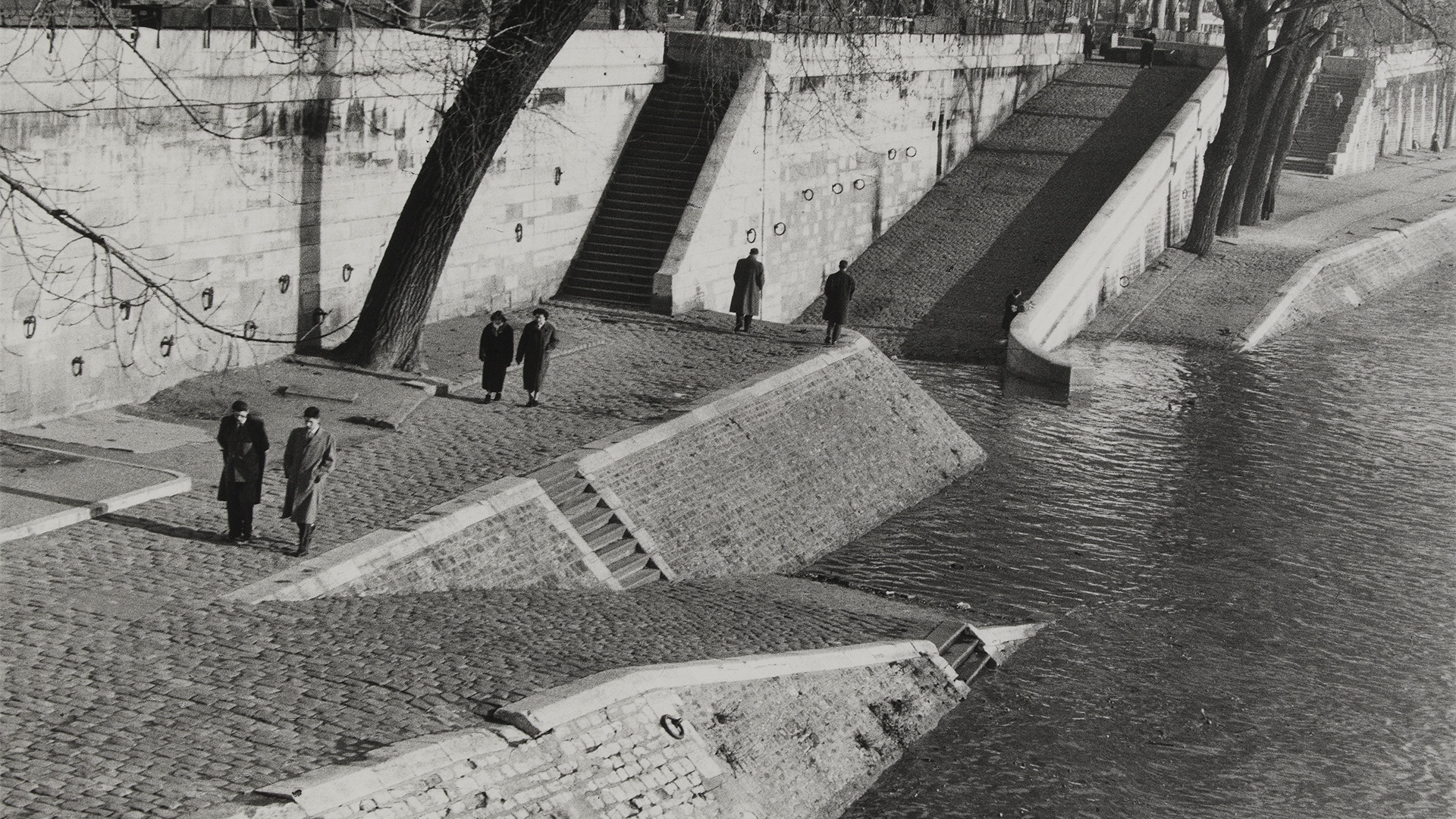A new book (and exhibition) looks at the master photographer’s relationship to Paris—the city he loved, left, and returned to again and again.

You’re getting blind.
Don’t miss the best of visual arts. Subscribe for $9 per month or $108 $90 per year.
Already suscribed ?
Read more: Sabine Weiss: A Century of Photography



